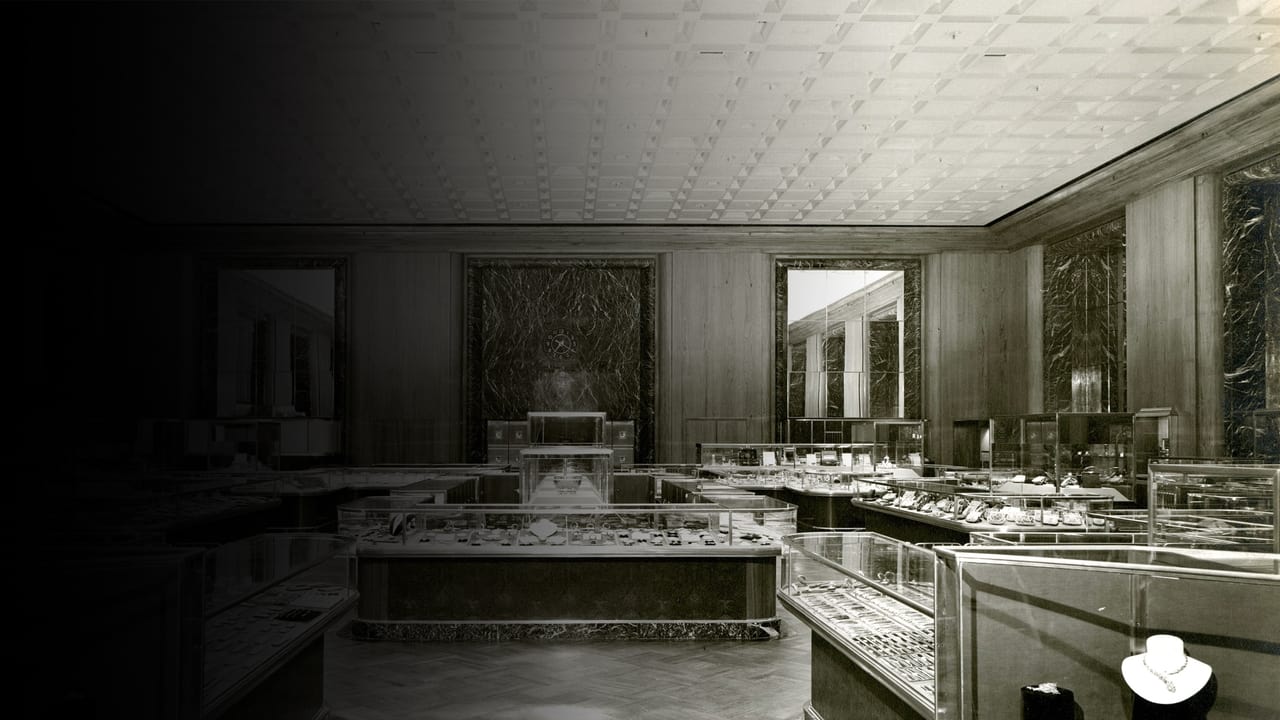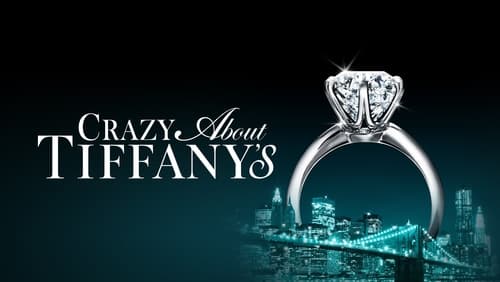


I'll admit upfront I'm not the ideal viewer for this movie--I'm not especially interested in luxury items, glamor for its own sake, or lifestyles-of-the-rich type stuff. To me all that is inherently frivolous, and kinda boring. I'm not the kind of person who cares who wore what on the red carpet, or how much it cost. But I didn't know much about Tiffany's beyond of course the name recognition, so I figured this would have some informative value. Big mistake. I don't think I've ever seen a movie before--you know, a feature-length film billed as entertainment and/or education, not as a promotional tool--that was so blatantly a commercial for its subject "brand." Seriously. It was one big plug for Tiffany's, and nothing more. If this film were included in Tiffany's gift bags, or given away free to people who made over a $500 purchase or something, I'd think it was impressively elaborate marketing. But charging moviegoers actual admission to see it? Last I knew, commercials were the price you paid for actual entertainment--they didn't pretend to BE the entertainment, and expect you to pay for them.I could go on, but suffice it to say, if you get excited thinking about the prospect of seeing socialites gush about how nice it was that they got BOTH the diamond-encrusted new Tiffany baubles they wanted for their birthday this year, you will be in hog heaven. Really, we're expected to be delighted by such stuff: By stylists talking about how special such-and-such B- list starlet's "look" is (as if they'd say anything else, in public at least); by straight faced discussion of how important product placement at the Oscars is; by everyone talking about the intolerable excitement of getting each new annual Tiffany's "blue book" (i.e. catalog); by how Tiffany's own trademark shade of light blue is "the most successful color in the history of marketing;" etc. etc.Fun and interesting movies CAN be made about companies and products that have made a significant impact on our culture. But this one is just a glorified ad for Tiffany's. If you actually think it would be cool for a luxury brand to "star" in its own film, then by all means, enjoy. Needless to say, "Crazy" is very slickly done--naturally Tiffany's wouldn't throw together a cheap-looking promo. But that only underlined the sleaze factor for me of a promotional tool passing itself off as an unbiased (if "fully authorized") "documentary." I felt like I should have been paid to see it, not the other way around.
... View MoreGreetings again from the darkness. Where were you when you received your first "little blue box"? If one is to believe the stream of gushing talking heads in Matthew Miele's look at Tiffany & Co, very few moments are more memorable in a woman's life. The giddy women and spoiled-rotten teenagers provide the emotional perspective for what can only be described as a truly amazing success story for one of the most iconic brands in the world.Charles Lewis Tiffany founded the company in 1837 (that's not a misprint) and the instantly recognizable robin's egg blue packaging is officially Pantone Tiffany blue 1837. Yes, Tiffany owns a color and it's named after the year the company was established. The color was influenced by Empress Eugenie of France, whose style and fashion sense caught the eye of Charles.Of course, many people know Tiffany's thanks to the hugely popular 1961 "Breakfast at Tiffany's" movie starring Audrey Hepburn, and based on the novel by Truman Capote. The influences of the Tiffany brand includes other movies (The Great Gatsby, Sweet Home Alabama), music (the 1995 hit from Deep Blue Something), sports trophies (including the Vince Lombardi NFL championship), the New York Yankees logo, Steve Jobs' design style at Apple, as well as the purchases and style of many US Presidents – Abraham Lincoln was the first President to buy a piece for his wife, and FDR regularly wore his Tiffany wristwatch.These days, the red carpet walk at the Academy Awards has turned into an international display of bling much of it from Tiffany. Actresses Jennifer Beal and Jennifer Tilly provide some Hollywood perspective, and a few other designers offer their sometimes snarky remarks on how judgmental the industry can be. These segments are the most contemporary and the least interesting of Mr. Miele's film.It's much more fascinating to learn that Charles Tiffany introduced the Engagement Ring into society, and the Tiffany clock at Grand Central Station is more than one hundred years old. Were you aware that there are collectors of Tiffany's famed Blue Book (the first catalog in 1845), and more surprisingly, many who present Tiffany's Etiquette Guide for Teenagers as a gift (not always welcome) to their kids. It's also interesting to learn about Gene Moore, the pioneering window display artist; Elsa Peretti, the fashion model-turned jewelry designer; and Johnny Schlumberger, who became the first designer to have his name affixed to a line of Tiffany jewelry.Lest you think Tiffany & Co is some stodgy company unwilling to adapt, they were the first jewelry company to run advertisements for rings marketed to gay couples. Miele's film is filled with "gems" and bits of trivia and history you just have to fight through the talking heads who somehow think they are the real story. Seeing clips of Katie Couric's birthday bash from inside the 5th Avenue Tiffany store is yet another reminder that celebrities live a much different life than the rest of us. Fortunately the historical value of the film outweighs the arrogance of those interviewed leading to the conclusion that once you've watched it, I believe we'll recall we both kind of liked it.
... View More